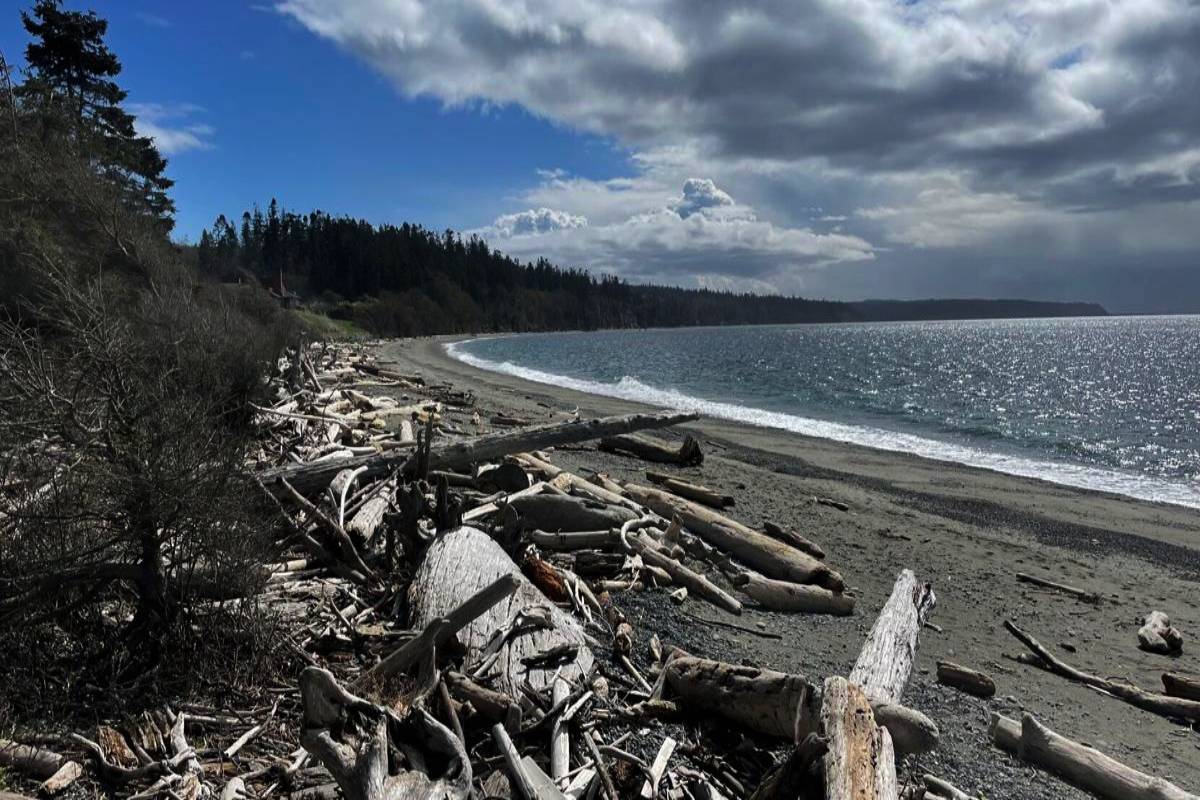10-year-old rape victim found abandoned MP forest; hunt on for the culprit
A 10-year-old girl, who was apparently brutally raped, was found abandoned in a serious condition in a forest area in the Myana area in the Guna district of Madhya Pradesh.
The Organic Farm School plans to manage the farm with regenerative practices to build soil health. The long-term goal is to grow food for the community.

Staff at the Whidbey Camano Land Trust in Washington state knew they had to act quickly when a 226-acre (91-hectare) beachfront property south of Coupeville came on the market last December.
From the water, boaters may have seen the red house, old windmill, and cattle grazing atop the bluffs. The property near Keystone is home to one of the oldest farms on Whidbey Island. It also features a large forest and long stretch of beach.
The site was at risk of being sold and developed into 22 high-end homes, according to the land trust.
Advertisement
In late April, the land trust bought the property for $9.1 million, the most expensive purchase in the nonprofit’s nearly four-decade history. Conservation director Ryan Elting said an “emergency acquisition” was needed to protect the site’s 175 acres (71 hectares) of forest and 3,500 feet (1,067 meters) of nearly pristine shoreline.
“We don’t get many opportunities to protect a chunk of habitat that size,” Elting told The Herald.
Purchase of the property was accomplished with two bridge loans, one from a private donor and the other from regional lender Craft3. The land trust plans to repay the loans with state and federal grants and private fundraising, Elting said.
The nonprofit protects and manages about 10,000 acres (4,047 hectares) of parks and natural areas in Island County. With its newest property, called the Keystone Preserve, it will focus on habitat improvement and marine restoration. There are also plans to open public beach access as soon as 2024, as well as a trail network.
The land trust has partnered with the Organic Farm School to manage the site. The nonprofit school on Whidbey Island will oversee the 50 acres (20 hectares) of prairie and farm.
Elting said the vision is for Keystone Preserve to become “a demonstration site for ecological restoration, habitat enhancement and regenerative farming, and how all of those can work together.”
In a recent stroll down the beach at Keystone Preserve, Elting picked up a handful of sand and gravel and looked for tiny forage fish eggs. The small fish, which lay their eggs on beaches like this one, are an important food source for salmon and other predators.
The land trust will work with the Sound Water Stewards of Island County to monitor the beach. The group of trained volunteers works on projects such as forage fish surveys.
Further down the beach, Elting stopped at the “feeder bluffs,” special bluffs in Puget Sound that constantly erode. He said the bluffs provide “a slow and steady supply of nutrients” for plants and animals. When people build structures like bulkhead walls to stop erosion, they block the flow of sediments.
Elting noted the beach at Keystone Preserve is mostly free of these barriers.
“(The land trust) looks for natural stretches of shorelines so they don’t get developed and we don’t have to restore them,” he said.
Up in the bluffs, birds such as eagles and pigeon guillemots make their homes.
Closer to the house, there is a short section of bulkhead and a riprap rock wall. Elting said the land trust plans to remove the 300-foot-long barriers along with the creosote-treated wood. The house will be removed and the building materials recycled.
Other restoration plans include adding native plant buffers, replanting trees and re-establishing a creek.
The property was settled by Captain William Robertson and his family in 1854, according to a biography from a local historian. They named it Lea Bluff. Before white settlers arrived, the Lower Skagit people grew camas in the prairie and relied on the plant for food, the historian wrote.
The farm changed hands several times. The most recent owners raised hay and black Angus cattle.
The Organic Farm School plans to manage the farm with regenerative practices to build soil health. The long-term goal is to grow food for the community.
Judy Feldman, the farm school’s executive director, said the school hopes to give new farmers access to land at Keystone Preserve. The school currently offers a seven-month intensive training program for beginning farmers on South Whidbey Island.
Feldman said the school plans to diversify the crops in the hay fields and use part of the site for cover crop seed production. Another idea is to grow storage vegetables, like carrots and beets, that keep through the winter.
The land trust will keep the old barn on the property and lease it to the farm school.
For now, the school is focused on getting to know the land, she said. Students have taken soil tests and will focus on improving the soil.
Advertisement